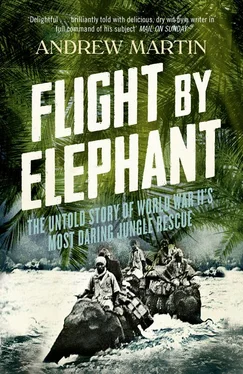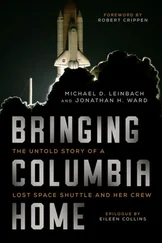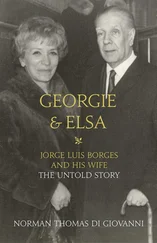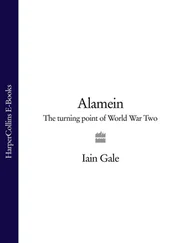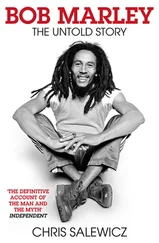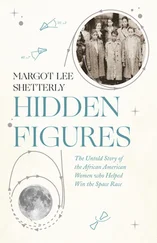The volatile North-West Frontier was regarded as the Achilles heel of British India throughout the First World War, but, in the Second World War, the North-Eastern Frontier also became vulnerable as a result of the Japanese invasion of Burma. In the first half of 1942, the Japanese squeezed the British out of Burma like toothpaste from a tube, starting from the bottom. Tens of thousands of British soldiers, administrators and businessmen, and the million-strong retinue of Indian and Anglo-Indian servants and workers who had buttressed British rule in Burma, were harried into Upper Burma, from where they attempted to flee to the safety of Assam. They had no choice but to do so by walking through mountainous and malarial jungle in monsoon rain.
So the war came to the tea planters in the form of a tide of refugees. In response the planters mounted – their critics would say they were prevailed upon to mount – a relief effort. In conjunction with their wives, and their own Indian servants and workers, they deployed their logistical skills (the planters were great ‘organization men’), their medical supplies, their stores of food, their tractors, lorries, horses, ponies and elephants to assist what was called ‘the walkout’. The planters built roads and established staging posts in the jungles for the refugees to be given medical treatment, food and, above all, tea. The first sign of these camps to the starving refugees staggering in from Burma was a stall in the jungle from which tea and biscuits were being dispensed; tea would be kept brewing throughout their brief stay at these camps, one of which was officially called the ‘Tea Pot Pub’.
Tea is the British panacea and cure-all, and it is fondly suggested that our response to any disaster is ‘put the kettle on’. Here was the same reflex action on a huge scale, the disaster being the unprecedented collapse of a prop of the British Empire, triggering death by disease or starvation for hundreds of thousands.
What follows is the story of an episode within that epic disaster. It focuses on the most obscure and also the most treacherous of the evacuation routes from Burma. Before 1942 the number of Europeans who had followed that route could have been counted in single figures, and most of them were eccentrics with a taste for reckless action. None, however, were so mad as to attempt the feat in the monsoon season.
The hero of the story is probably the above-mentioned Mackrell. In 1942, he was fifty-three. In British India professional lives were foreshortened by the climate and the physical demands of the life. When a man reached his fifties, it was time to think of returning home, ideally to some coastal town – Eastbourne in Sussex was a popular choice – where bracing air would provide a corrective to years of stifling humidity. For Gyles Mackrell, fighter pilot, big game hunter, jungle wallah, the relief operation mounted by the Indian Tea Association provided a last chance to live life as he had grown addicted to living it: dangerously. The beauty of the situation to him was that, if he could take elephants and boats deeper ‘into the blue’ than they had ever been taken before, he would have the reward of saving lives.
But the crisis brought out the best in other people as well, and the characters of the drama are presented as an ensemble cast. They are, in the main, middle-class British men, and they were often accompanied by Indian servants or received other assistance from the indigenous peoples, and to these two groups must go a great deal of the credit for such successes as the white men achieved, as Gyles Mackrell and most of the other principals pointed out. In particular Gurkha soldiers gave assistance, playing their habitual role of rescuing the British from messes of their own making. But it is the white men who kept the diaries, and they are therefore in the foreground of our story, which begins not with Mackrell and his elephants, but with two men for whom some elephants would have been very useful indeed.
Millar and Leyden: The Men Without Elephants CONTENTS Title Page FLIGHT BY ELEPHANT The Untold Story of World War II’s Most Daring Jungle Rescue Maps Principal Characters Author’s Note Introduction Millar and Leyden: The Men Without Elephants The Languorous Dream The Dapha River The Red-Hot Buddhas The Man in the River Beyond Mandalay The Railway Party The ‘Chaukan Club’ Sets Off The Footprint The Man With Elephants The Boy Who Took Acidalia trigeminata Sir John Meets the Commandos The Wizard’s Domain A Bad Start for Mackrell War And Tea (Part One) War And Tea (Part Two) Captain Wilson Sets Out Elephant Trouble for Mackrell Mackrell Reaches the Dapha River Sir John Encounters His Principal Enemy The Man in Sunglasses Mackrell Consolidates at the Dapha River Captain Wilson Arrives at the Dapha Havildar Iman Sing The Commandos Despair of Reaching the Dapha Grand Tiffins and the Squits The Drop Momentous Decisions Mackrell Returns Temporarily to Civilization Mackrell in Shillong and Calcutta The Society of Tough Guys A Face Like Wood: Dharramsing Decides A Delivery of Mail A Long Wait Subsequently (Part One) Subsequently (Part Two) Late Period Mackrell Select Bibliography Acknowledgements About the Author Praise Also by Andrew Martin Copyright About the Publisher
On 19 May 1942 two Englishmen, Guy Millar and John Leyden, entered the Chaukan Pass in Upper Burma with the aim of reaching civilization in Assam, India. The pass – a vaguely defined groove through mountainous sub-tropical jungle, with fast-flowing rivers coming in from left and right – was either unmarked on most maps or dishearteningly stamped ‘unsurveyed’.
Millar and Leyden did not want to be in the Chaukan Pass, but they had no choice.
John Leyden himself had been overheard describing the pass route as ‘suicidal’ shortly before he set off along it. We know that Millar, who was keeping a diary as he entered the pass, was uneasily aware that very few Europeans had ever been through it before, and he seemed to recall that fatalities had usually been involved.
In the last decade of the nineteenth century, a few European parties had been through the Chaukan: Errol Gray, an elephant expert resident in Assam, had done it, as had a certain Pritchard, whom nobody knows much about. Prince Henri of Orleans also traversed the pass in that decade, but then here was a man whose life seems marked by a determination to get himself killed. (Henri of Orleans discovered the source of the Irrawaddy river in 1893, earning himself a gold medal from the Royal Geographical Society in London, despite his being, as the Encyclopaedia Britannica of 1911 puts it, ‘a somewhat violent Anglophobe’. In fact, he was somewhat violent full stop, and in 1897 he wounded, and was himself wounded by, the Comte de Turin in a duel.) All the above were accompanied by numerous elephants and porters.
In 1892, a quite well-known double act of English exploration, Woodthorpe and MacGregor – that is, Colonel R. G. Woodthorpe, a surveyor in the Royal Engineers, and Major C. R. MacGregor of the Gurkha Light Infantry – went from Assam to Burma and back through the Chaukan. But, then, they were accompanied by two fellow officer of the British Indian Army, forty-five Gurkhas, twenty-five men of the Indian Frontier Police ‘together with’ – as Major MacGregor airily informed the Royal Geographical Society on his return – ‘the usual complement of native surveyors, coolies, & c’. They also had with them a great builder of bamboo bridges and rafts (in the person of Colonel Woodthorpe himself), together with something called a ‘Berthon’s collapsible boat’ – the collapsing and uncollapsing of which caused wonderment among the tribes they encountered – and ‘some’ elephants, the number of which MacGregor does not specify.
Читать дальше
